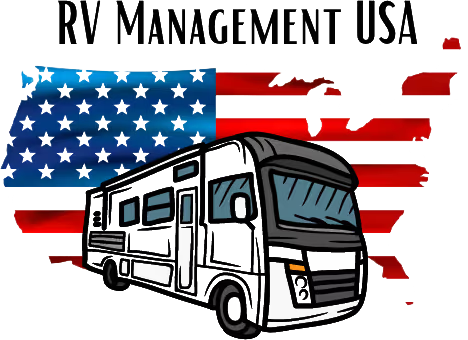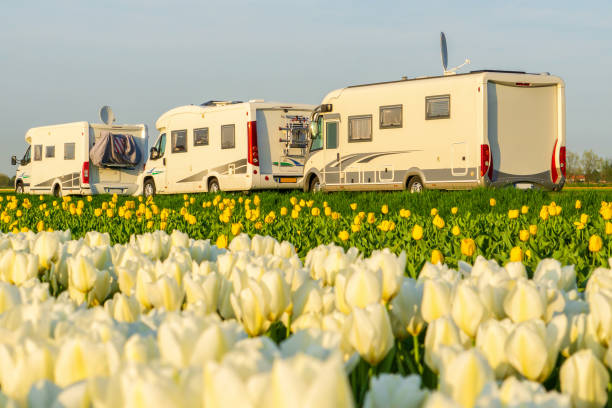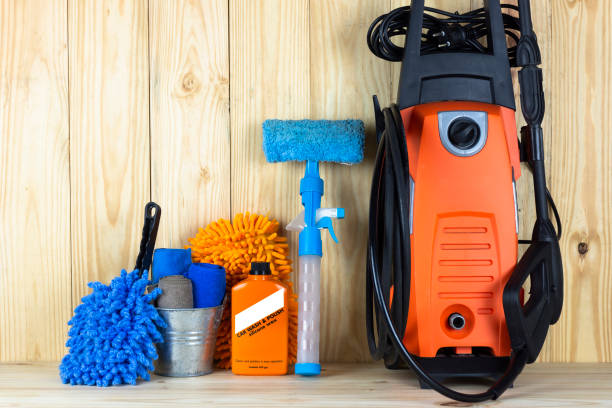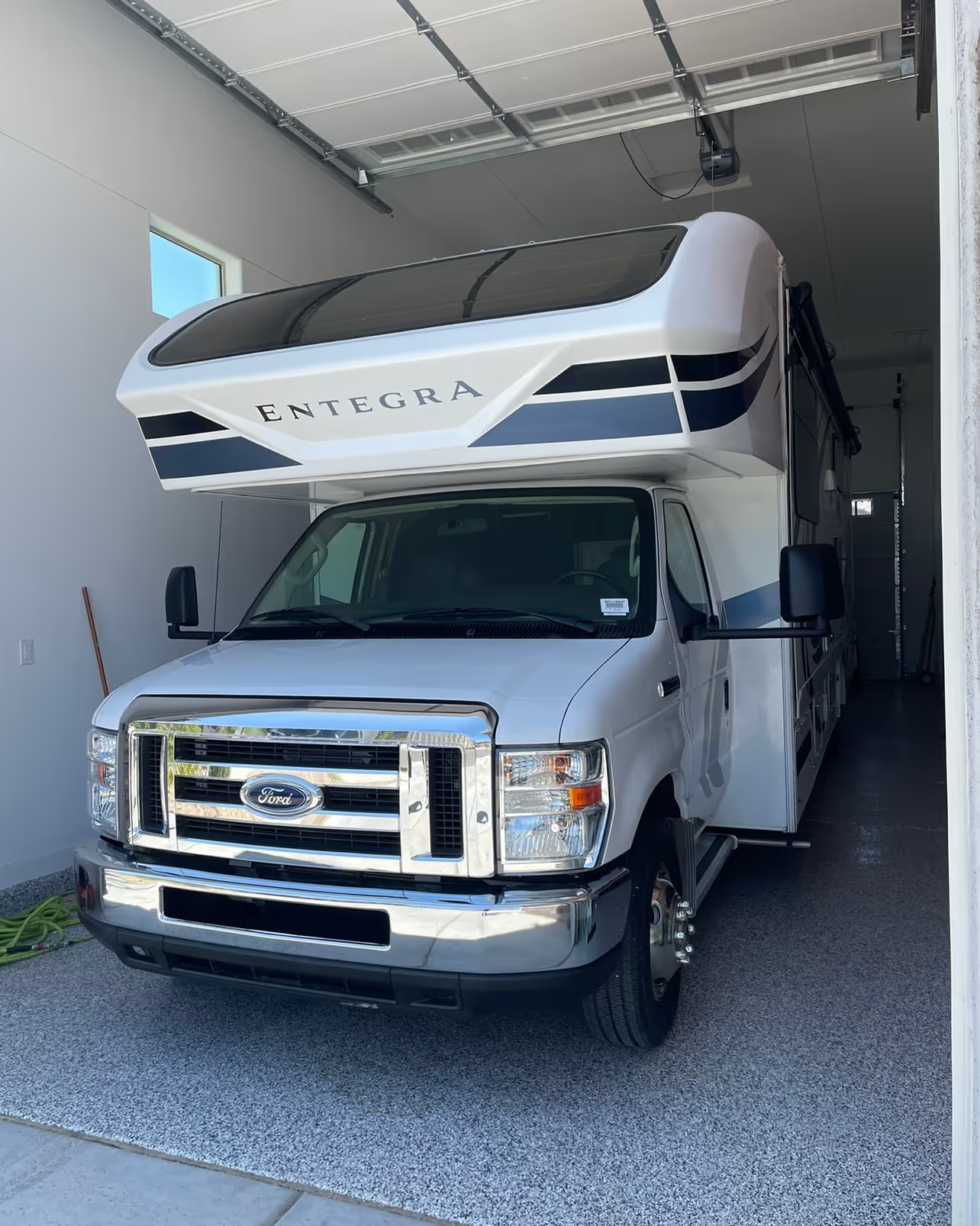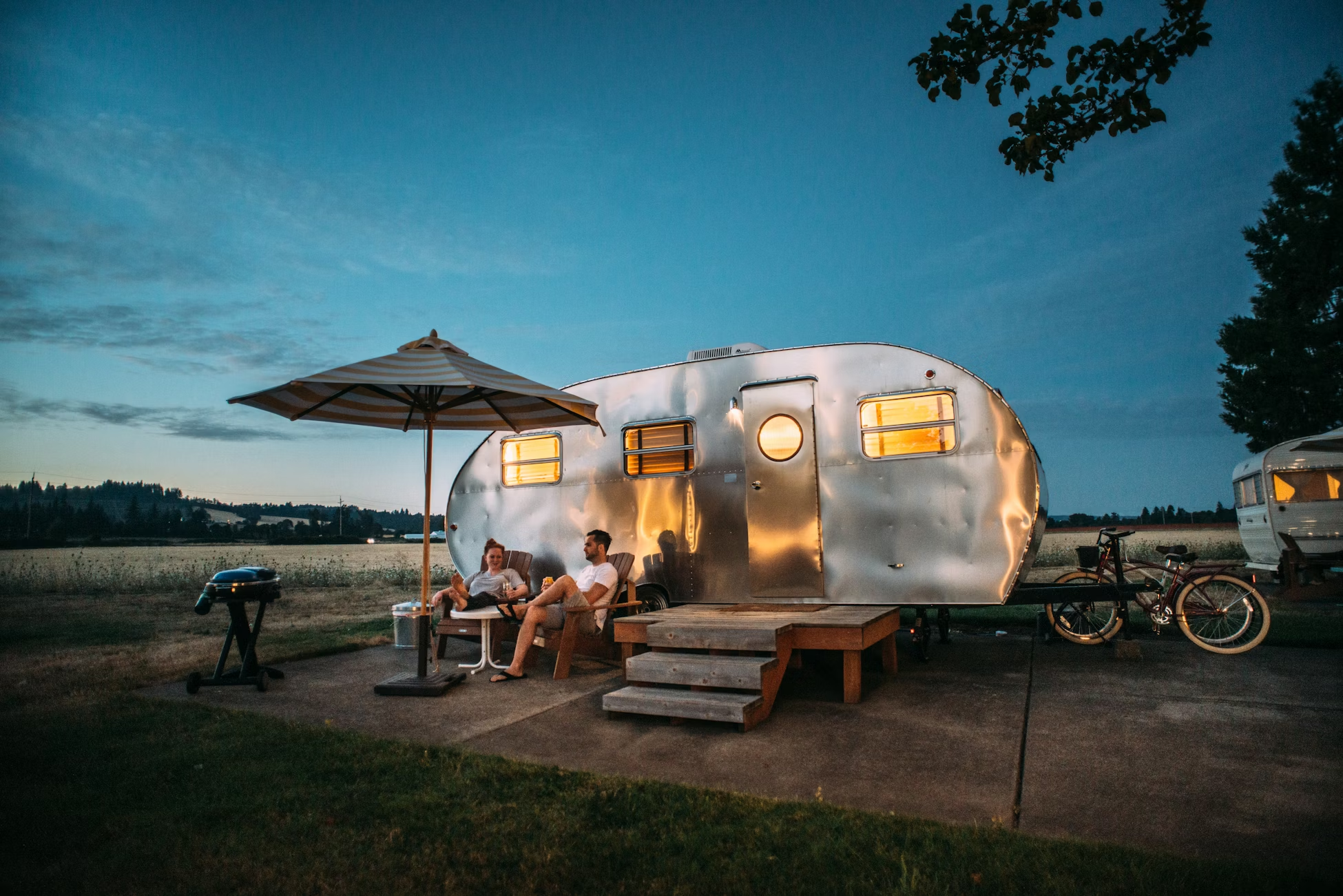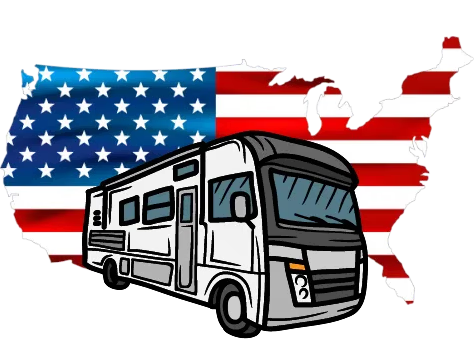You’ve got one RV that’s bringing in consistent bookings, earning solid reviews, and proving there’s real demand in your area. So now the big question hits: should you buy more RVs to rent out?
On the surface, more RVs means more income. But as anyone who has scaled a fleet knows, more vehicles also bring more complexity. This guide walks you through how to assess whether it’s time to expand—and if so, how to do it smartly.
Whether you're sitting on one high-performing rig or managing three units manually, this cluster article breaks down the key considerations before doubling down.
Table of Contents
- Assessing the Performance of Your First Unit
- Signs You’re Ready to Add Another RV
- Financial Modeling for RV #2 and Beyond
- Operational Stress Test: Can Your Systems Scale?
- Pitfalls of Expanding Too Fast
- Strategic Alternatives to Buying More
- Final Thoughts: Buying With Intention
1. Assessing the Performance of Your First Unit

Before you even think about buying another RV, your current one should be:
- Consistently booked (at least 50% occupancy in season)
- Generating at least $2,500/month gross
- Covering all expenses with margin to spare
- Receiving positive feedback from renters
If it’s struggling to book or experiencing frequent maintenance issues, it’s not time to scale—it’s time to optimize.
Ask yourself:
- Are my reviews 4.8+ on average?
- Is my ROI on track to exceed 30% in Year 1?
- Have I solved 90% of the operational headaches?
If yes, you’re ready to explore expansion.
2. Signs You’re Ready to Add Another RV
Growth should feel inevitable—not forced. Here are signs you’re ready:
✅ You’ve turned away potential bookings due to availability issues.
✅ You have systems in place for messaging, cleaning, and guest onboarding.
✅ You’ve run a pro forma and cash flow projection for a second unit.
✅ You’re confident in your local storage, cleaning, and support setup.
✅ You have 3–6 months of cash reserves.
If all of the above apply, buying another RV could multiply your income without multiplying your stress.
“I didn’t buy my second RV until I had two months in a row where my first one was over 80% booked and I turned away 11 leads. I realized I wasn’t maximizing demand.” – Jordan, RVM Owner
3. Financial Modeling for RV #2 and Beyond
Before you shop, run the numbers.
Metric
Ideal Target
Purchase Price
≤ $80,000 (new or used)
Gross Monthly Revenue
$2,500–$4,000
Net Operating Margin
40–55%
Breakeven (incl. debt)
< 18 months
ROI (Year 1 Gross)
30–50%
Include line items like:
- Loan payment (if financing)
- Commercial insurance
- Platform fees (10–20%)
- Maintenance fund
- Cleaning costs per trip
You can also model three scenarios:
- Base case (60% occupancy, average rate)
- Best case (80% occupancy, holiday bump)
- Worst case (40% occupancy, repairs)
If your worst-case still cash flows positive, you’re ready to act.
4. Operational Stress Test: Can Your Systems Scale?

Don’t let your operations crumble under the weight of your ambition.
Ask yourself:
- Can I automate 90% of guest communication?
- Do I have a checklist system for turnovers?
- Is my storage location expandable or already at capacity?
- Do I have a backup plan if something breaks mid-trip?
“Adding a second RV broke my manual systems. I had to implement Wheelbase, create a cleaning SOP, and hire my first part-time helper.” – Jordan
If your operations can’t scale, more RVs will just mean more chaos. Fix your systems first.
5. Pitfalls of Expanding Too Fast
There’s a sweet spot between momentum and mayhem. Many owners make these mistakes:
🚫 Buying before the first RV hits full stride
🚫 Underestimating total monthly costs
🚫 Financing with no cash buffer
🚫 Managing multiple units manually
🚫 Expanding without testing off-season viability
The result? Cash burn, negative reviews, burnout—and often, regret.
Scale slow, then scale smart.
6. Strategic Alternatives to Buying More

Not ready to buy another unit outright? You have options:
- Consignment units: Manage an RV for someone else and split the revenue.
- Joint ventures: Partner with a friend or investor—share the upside and responsibilities.
- Territory management: Operate RVs owned by others through a revenue share (RVM model).
- Lease-to-own agreements: Control RVs now, purchase later once revenue justifies.
These approaches allow you to expand income without fronting all the capital.
7. Final Thoughts: Buying With Intention
Buying more RVs isn’t just about expanding—it’s about compounding. One great unit can generate income. But a well-managed, multi-unit fleet with SOPs, software, and strategy? That’s a business.
If you’re considering RV #2 or beyond, ask:
- Am I solving for income, freedom, or both?
- Is this new unit aligned with local market demand?
- Can I maintain (or improve) guest experience with more units?
Done right, scaling can increase profit and reduce your time spent. Done wrong, it can become a second job.
Grow intentionally. Grow profitably. And only grow when the system is ready.
– RVM Team
